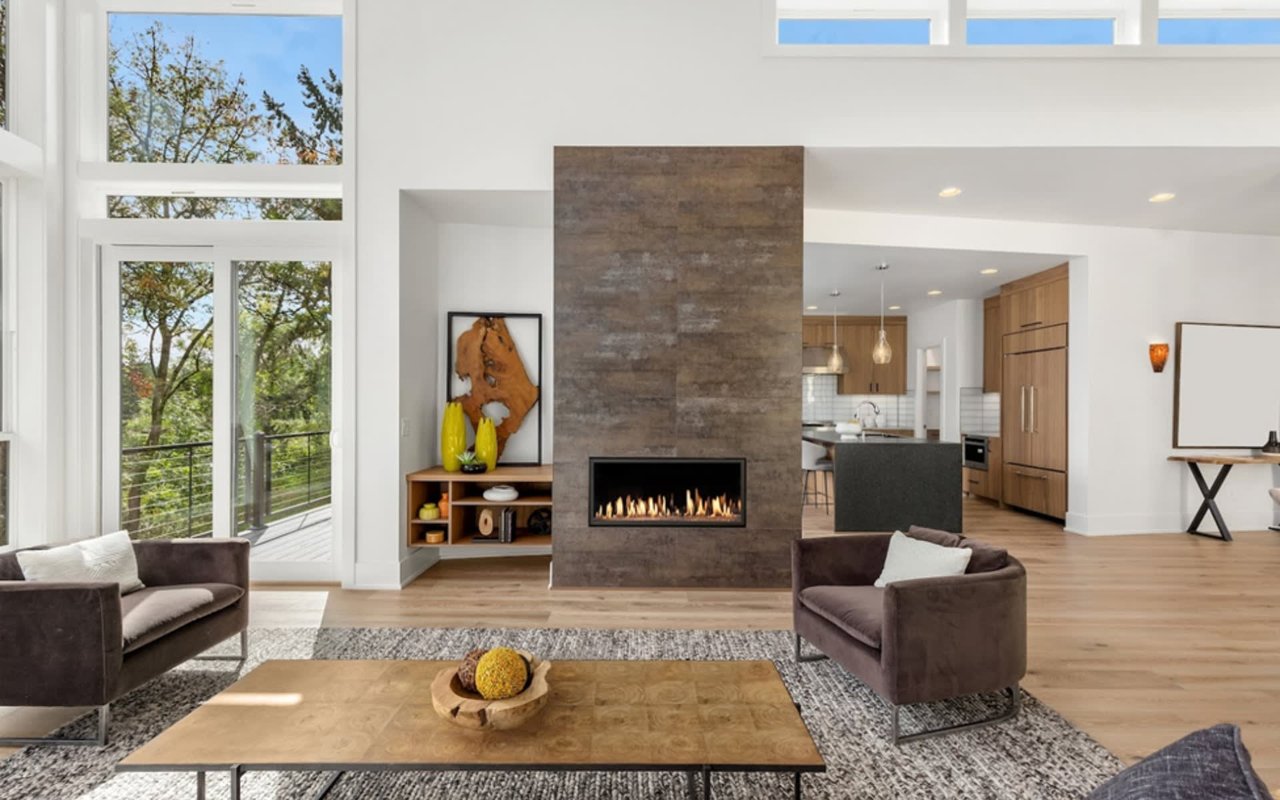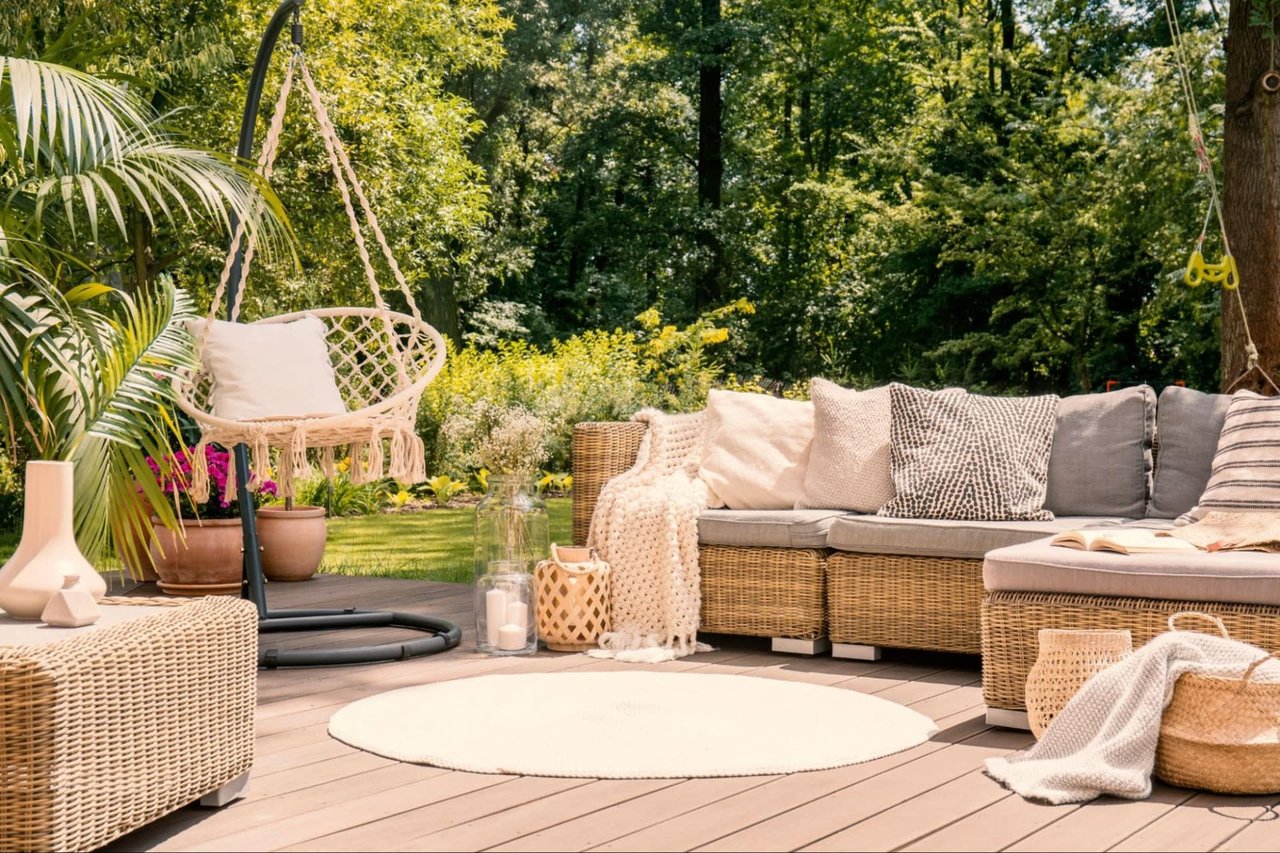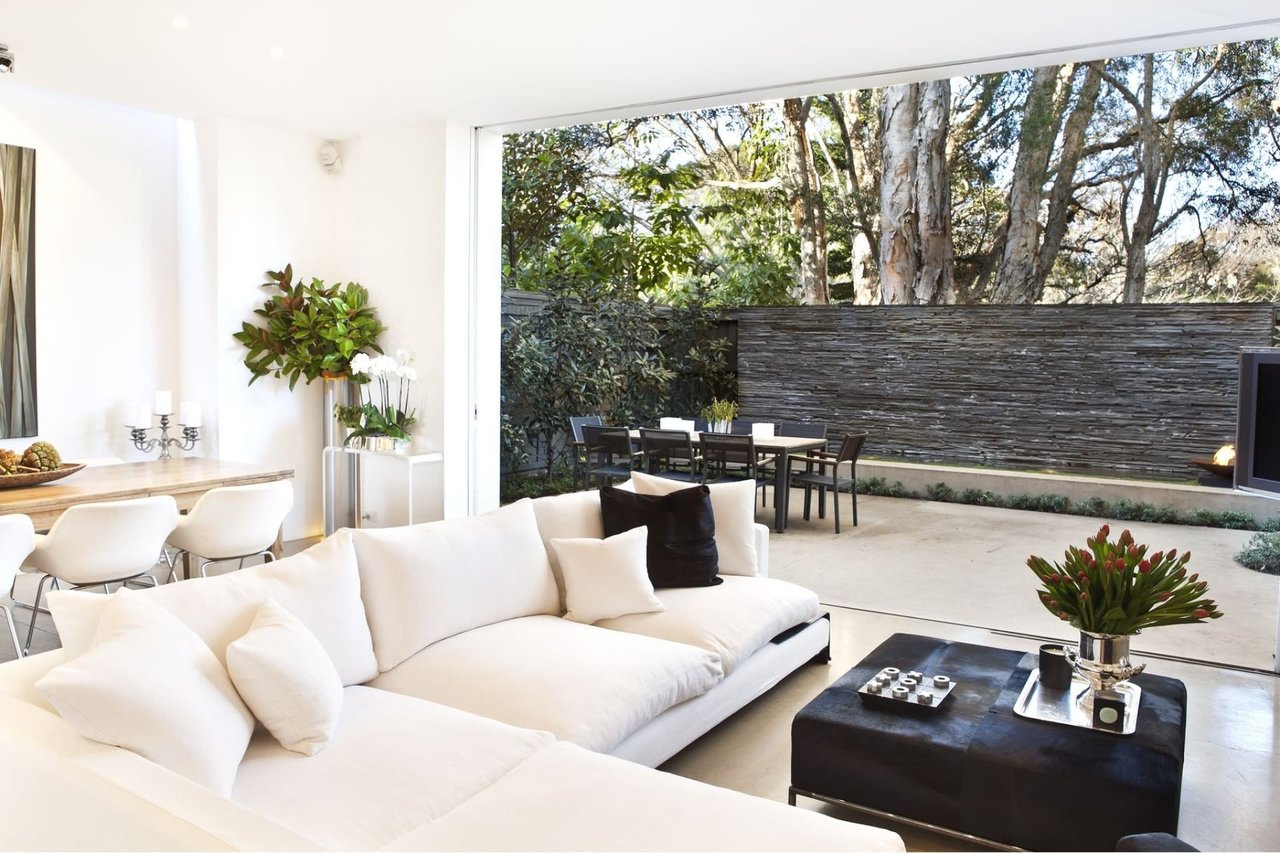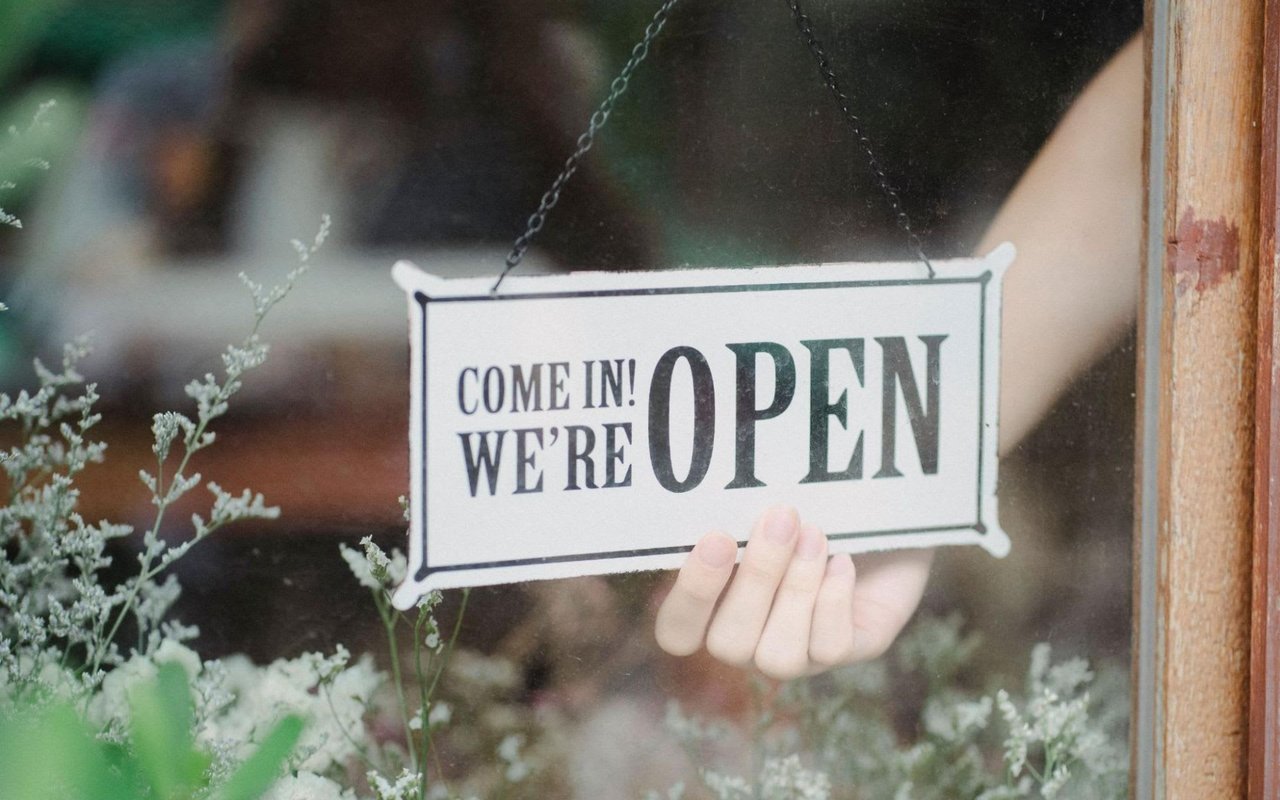Anyone who has perused online property listings knows there are more than a few real estate buzzwords that are dropped on the daily. HGTV show hosts rattle off home design phrases that can seem like a secret code. They may mention the ornate beauty of Queen Anne architecture, the stonework of a single-family Craftsman, or the coveted retro-inspired mid-century modern look.
With so many varying types of houses, it can be a challenge to find an entry point to the world of home styles. This guide will give you an overview of everything from the major architects of each design era and examples of each style to modern suburban houses and an outline of the most popular interior design colors and schemes.
Architecture styles
There are countless architectural styles inspired by everything from the Industrial Revolution to futuristic expectations of daily American life. Each style is informed by that which came before, with new designs born out of a desire for change. Here are a few you will most likely discover in your home-buying adventure.
Colonial

When European settlers arrived in America in the 1700s, they brought with them a nostalgia for the old country. In an attempt to recreate some semblance of the home they left behind, these early builders incorporated details and design elements from their home countries. As such, the Colonial style includes a multitude of substyles, like Dutch Colonial, Spanish Colonial, Georgian Colonial, French Colonial, Federal, and Cape Cod.
Characterized by formal, symmetrical lines and a simple design, colonials tend to feature a center-placed front door, a side-gable roof, shutters, flattened front columns, and evenly spaced lines of windows. A classic example is the President's House at William and Mary University in Williamsburg, Virginia.
Victorian

The term “Victorian architecture refers to a group of architectural styles spanning the period of 1830-1910. This stunning school comprises some of the most picturesque home designs in history and serves as the basis for everything from fairy tale castles in literature to horror houses in classic Hollywood films. After the boxy shapes and banal palettes of the Colonial Era, Victorians longed for color and grandiosity. Gothic revival, Queen Anne, Italianate, Second Empire, and Romanesque all fall under the larger Victorian umbrella and feature ornate details and a dollhouse-like appearance.
Based on the Victorian notion that romance and whimsy should be a part of everyday life, the fashion, architecture, and furnishings of this time were prized for beauty over practicality. The Victorian styles celebrated beautiful two-story houses with intricate asymmetrical shapes, decorative wood trim (also called gingerbread), towers, wrap-around porches, scalloped shingles, textured walls, and vibrant exterior colors. Think San Francisco's Painted Ladies or Savannah's Gingerbread House.
Arts and crafts
The ever-popular Craftsman and bungalow-style homes were introduced in this era of architecture. This has come to be known as the classic American suburban house, with exterior sporting natural materials, porches, and low-pitched roofs. Fireplaces, and an appreciation for natural materials celebrating modern stone houses, are a mainstay of this era. This movement is responsible for the open floor plan, a reaction against the small rooms of the preceding Victorian structures. Take a look at the stunning Gamble House in Pasadena, California, for an idea of the rich woodwork and exposed beam details for which this style is known.
Modernism
The Modernism house design is sleek, angular, and effortlessly cool. So what exactly does modern mean? Another way to interpret this design is post-traditional, meaning in opposition to the styles preceding it. And when you consider the Victorian era’s fussy trimmings, it makes sense why Modernism architects swung so far over to the sleek side. Clean lines with a sense of geometry characterize this look, as well as an emphasis on function over form — an approach quite opposite that of the Victorians. Technology takes center stage, with Modernist homes favoring steel, glass, concrete, and iron over wood or plaster. These modern homes feature floor plans made for entertaining and family life, and Frank Lloyd Wright’s Fallingwater is the star of the Modernism show.
Interior design styles
The soulmate of great architecture is, of course, interior design, and when the two coalesce, their beauty is a sight to behold. While interior design spans several centuries and countries, here are a few of the most popular.
Mid-century modern
The classic lines of mid-century modern stand the test of time. Beginning in the post-war years of the 1950s and ‘60s, mid-century modern sought to break out of tradition and embrace the future. Mad Men’s Don Draper had a quintessential mid-century modern apartment with iconic furniture like the egg chair, the Eames lounger, and the wishbone chair.
Modern farmhouse

As any HGTV fan knows, Joanna Gaines is the queen of the modern farmhouse look. Shiplap is firmly rooted in this scheme, as are soft, neutral colors, although the clutter of traditional farmhouse decor is long gone. Plank floors, barn doors, and open-concept layouts are hallmarks of this breezy style, along with sleek lighting and simple, clean lines.
Hollywood regency
Also known as Hollywood Glam, this is the ornate, glamorous style born during the Golden Age of Hollywood in the 1920s. Long before mid-century modern came into vogue, it was the movie stars and opulence of Tinsel Town people clamored after. The stars of the silver screen were larger than life, and so was the lifestyle they presented to the world. The dining room is an important feature in this design, as formal, decadent dinner parties were a regular occurrence in the glitzy Old Hollywood social scene. Lavish interiors playfully sport luxe, sumptuous textures, metallic and mirrored finishes, and striking color palettes, often mixing vivid colors with stark black and white touches. In the Hollywood Regency school of style, maximalism is everything.
Looking for Downtown Miami real estate?
If you’re interested in buying or selling in Miami or Palm Beach County, contact Jacqueline Marks today to dive into this exciting market. Jacqueline is an experienced professional who builds her work relationships on a solid foundation of trust. She’s highly qualified and eager to help you find the home of your dreams!




